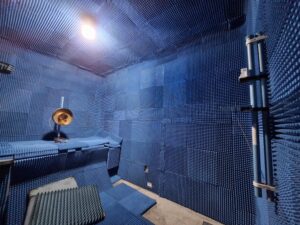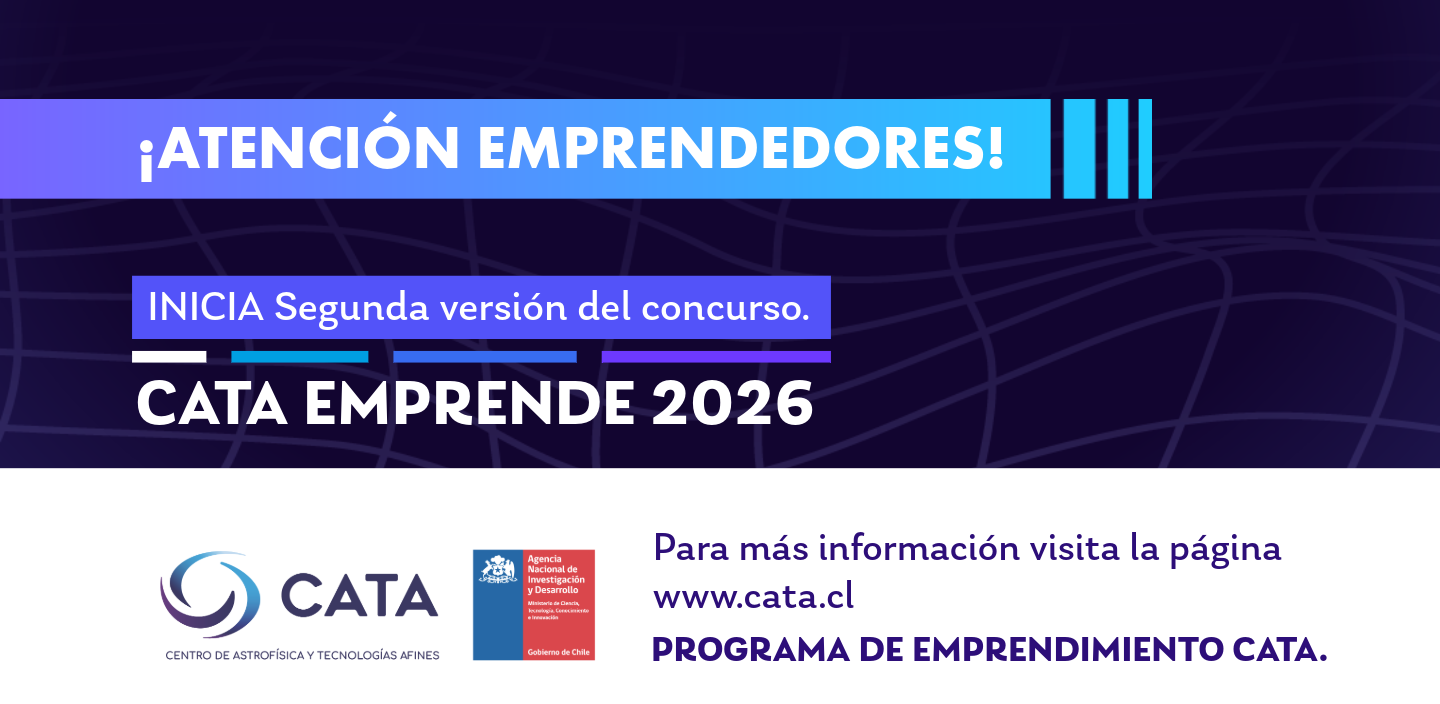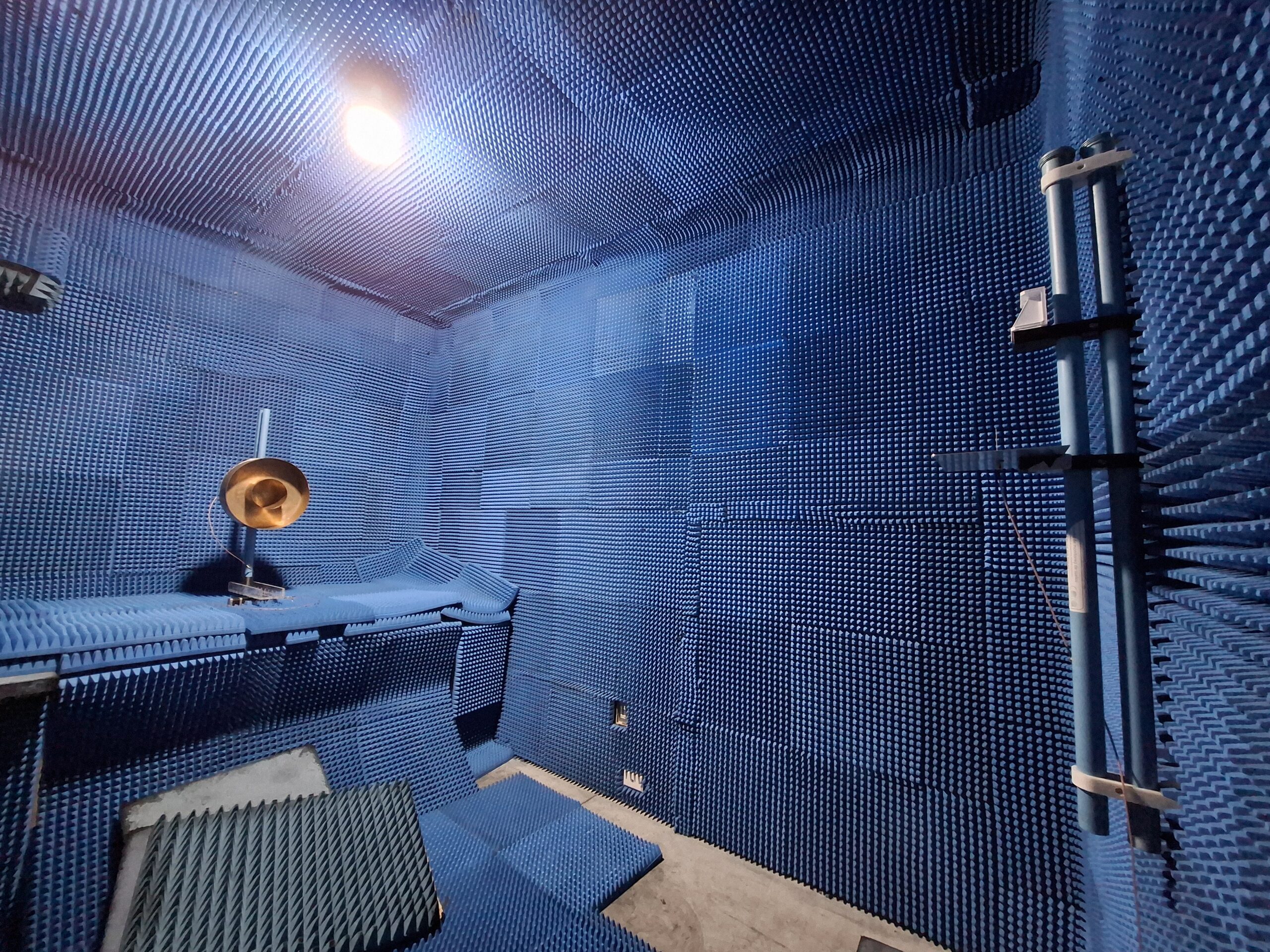
Young astronomers and engineers test prototype antenna for radio telescope at MWL
Astronomers and engineers visited the CATA-associated laboratory at Cerro Calán to conduct tests on an antenna designed for 1.42 GHz, which seeks to optimize detection of enigmatic astronomical phenomena such as FRBs and pulsars.
A group of astronomers and engineers from the Pontifical Catholic University of Chile (PUC) visited the Millimeter and Submillimeter Wave Laboratory (MWL) at the University of Chile, an infrastructure associated with CATA, to test a prototype antenna designed for the 21-centimeter line, which is being optimized for a new radio telescope called FRONTIERS, designed to study fleeting astronomical signals such as fast radio bursts (FRBs) and pulsars.
During the visit, the team consisted of astronomers Josefina Vera and Cristóbal Braga, and electrical engineer Nicolás Seguel, who are also graduate students, as well as Patricio Peralta, an engineer at the Santa Martina UC Observatory. The group conducted tests in the Anechoic Chamber, co-financed by CATA, which is designed to completely absorb electromagnetic waves and eliminate interference.
“One way to explain what an anechoic chamber does is to say that it is like being inside an infinite space,” said Ricardo Finger, Associate Researcher at CATA and Director of MWL. “Since there are no echoes, it is equivalent to being in an infinite empty space, as there is complete silence, except for thermal radiation, and whatever you transmit inside never comes back,” he added.
“When antennas are built, it is essential to verify that they function as designed. To do this, they must be measured in an anechoic chamber. That is why the UC team measured their antenna to verify that it works exactly as they planned,” added Diego Gallardo, CATA and MWL engineer.
The tests included 12 different measurements, recording data at 360 points around the antenna, which generated more than 4,300 data curves to verify the correct functioning of the prototype. The process requires the antenna to rotate slowly through 360°, in a stable manner, which represents one of the main logistical challenges during testing.
Josefina Vera, one of the project members, revealed the main objective of this initiative. “What we want to do is measure the radiation pattern of this feed, which was designed for 1.42 GHz, which is the frequency we work with at the university. Our idea was to test its performance, measure its radiation pattern, and evaluate whether it could have greater bandwidth.
He added that this work benefits the radio astronomy laboratories at the Center for Astroengineering (AIUC), because “we are interested in whether the frequency with which this feed works correctly, that is, if it can be installed, for example, on a three-meter reflector and if the lighting it would provide would be good.” She also pointed out that his team is seeking to design a prototype like this one that has greater bandwidth to contribute to the goal of capturing these radio transients (FRBs and pulsars).
From our Center, Franco Curotto, Senior Engineer and Laboratory Manager at CATA, and engineers Claudia San Martín, Juan Riquelme, and Diego Gallardo participated in the assembly and measurement process.
“The procedure for defining the installation was carried out jointly by the Laboratory and Catholic University staff. We helped set up their antenna in the anechoic chamber and provided them with the equipment and codes necessary to perform the measurement. After that, they took the measurements they needed,” Gallardo pointed out.
Josefina Vera valued the experience of working at the CATA facilities and highlighted the importance of the Millimeter Wave Laboratory, which has participated in the development of instrumentation for large-scale projects such as the ALMA telescope. “To better characterize the antenna, the Anechoic Chamber isolates the environment from interference and reflections that could affect the measurement, as well as from possible complications that could alter the antenna’s performance,” she explained.
The project developed by UC students is led by Marilyn Cruces, an academic and leader of the Max Planck Society Partner Group at the same university. She also mentioned that the project is currently in the design and implementation stages. The FRONTIERS team is mainly composed of astronomers and engineers working on the design of the feed, while others focus on amplifiers (Low Noise Amplifiers, LNA), backend development (digital signal processing), and the software that will analyze the data collected by the telescope.
Recent news
-
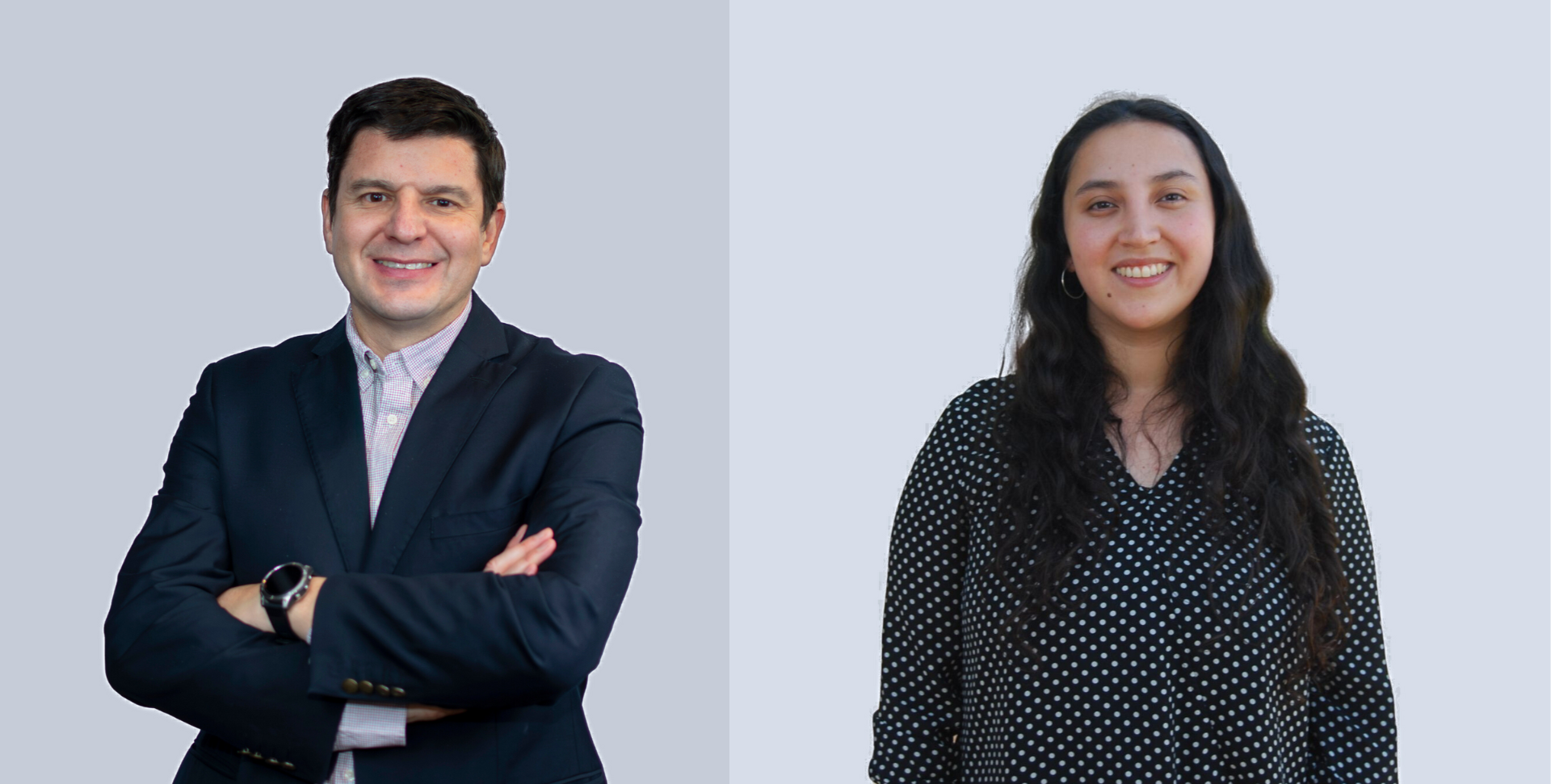 Publicado el: 05/01/2026New General Manager takes over institutional leadership of CATA
Publicado el: 05/01/2026New General Manager takes over institutional leadership of CATA -
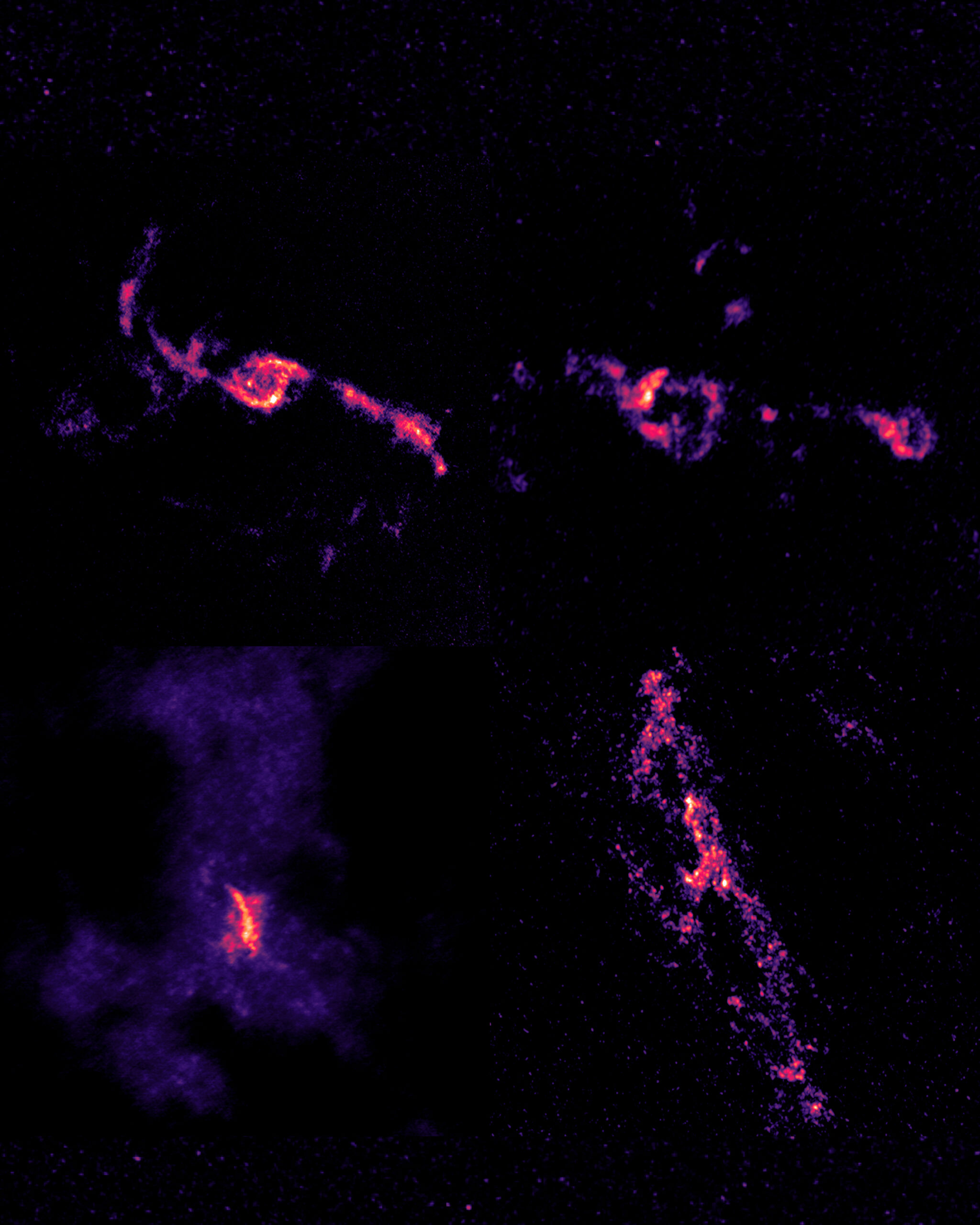 Publicado el: 22/12/2025International study reveals that black holes feed selectively
Publicado el: 22/12/2025International study reveals that black holes feed selectively -
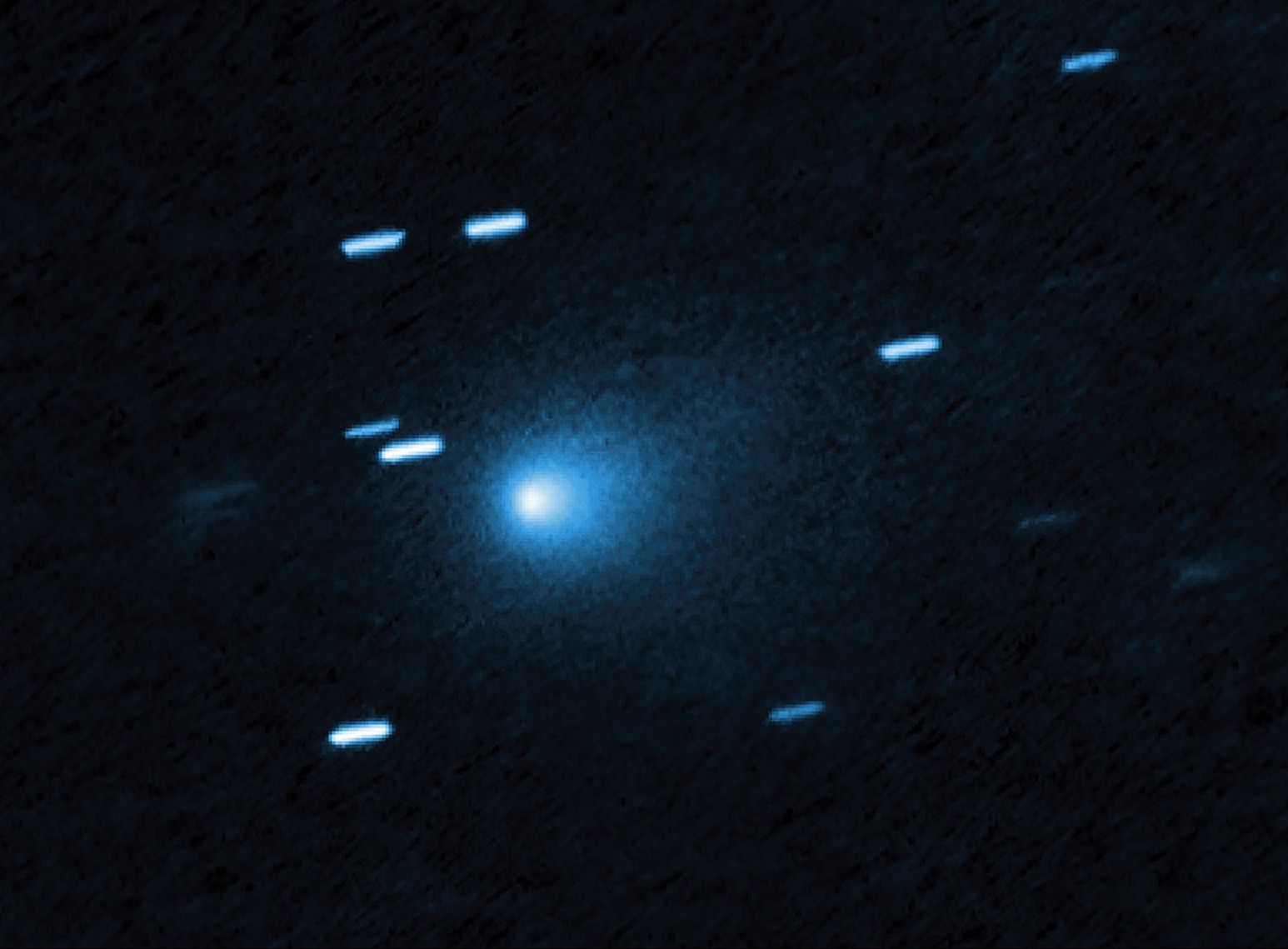 Publicado el: 20/12/20253I/ATLAS: the interstellar comet approaching Earth and what is known about it
Publicado el: 20/12/20253I/ATLAS: the interstellar comet approaching Earth and what is known about it -
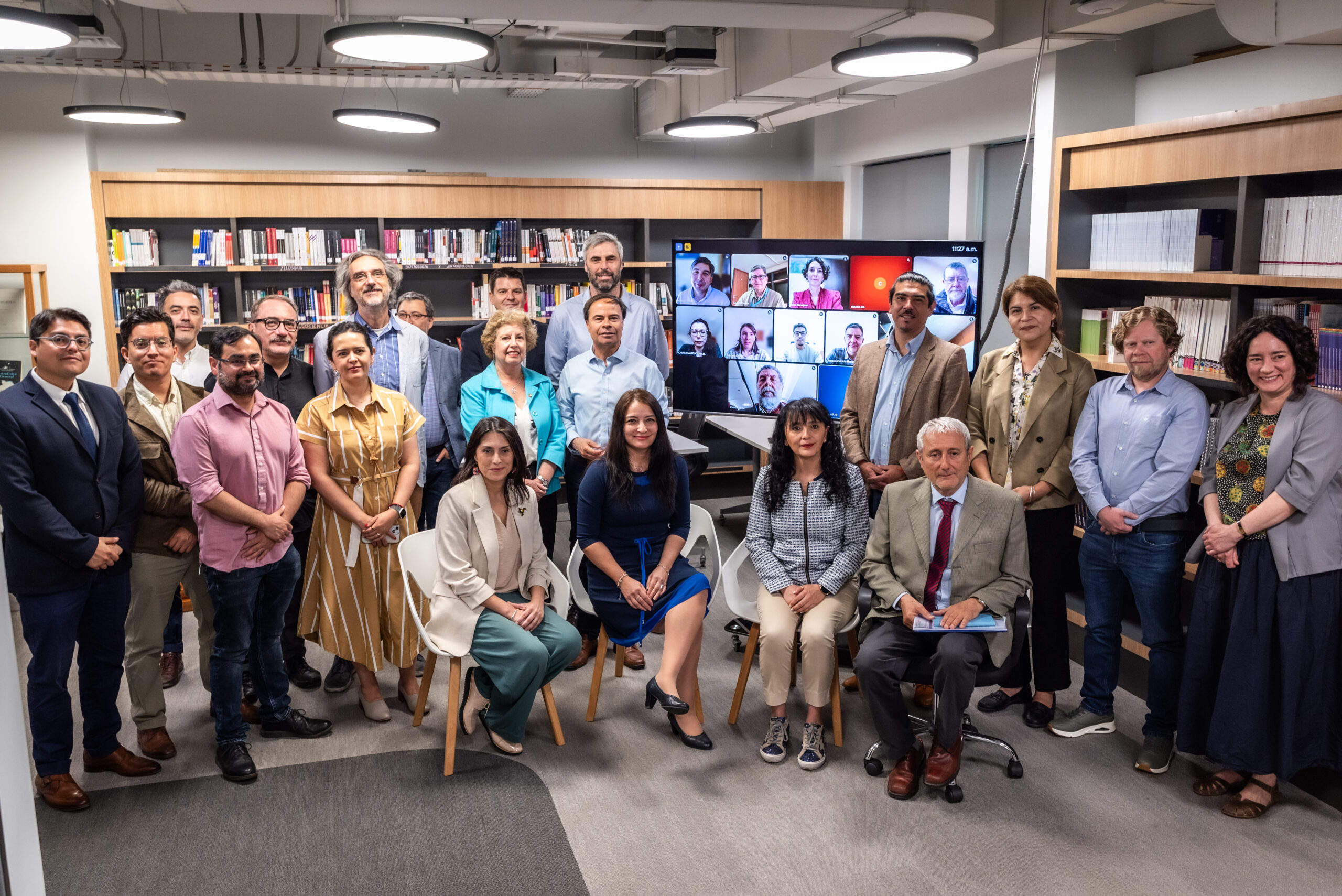 Publicado el: 18/12/2025Ministerial Advisory Committee for Astronomical Observation submits its final report
Publicado el: 18/12/2025Ministerial Advisory Committee for Astronomical Observation submits its final report -
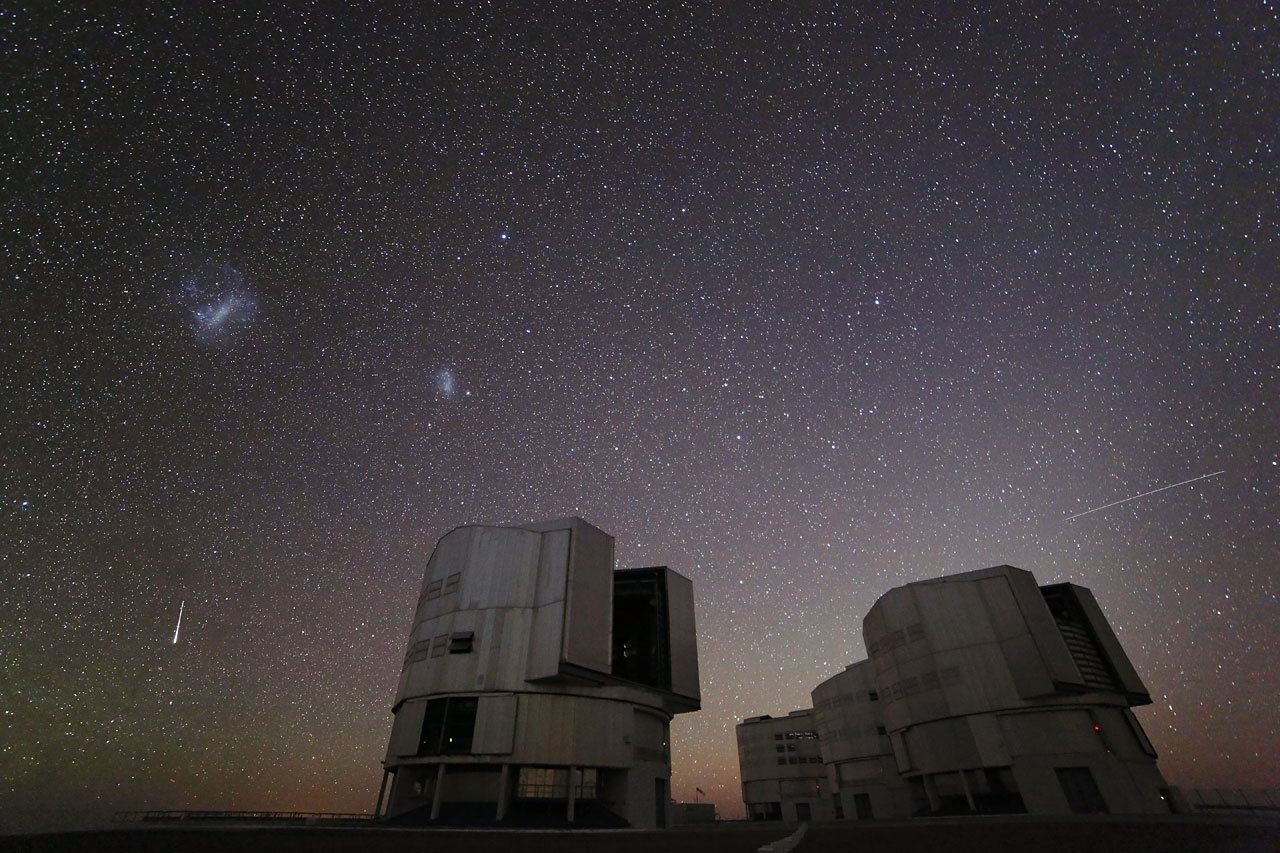 Publicado el: 13/12/2025Geminids 2025: facts and how to observe the last meteor shower of the year
Publicado el: 13/12/2025Geminids 2025: facts and how to observe the last meteor shower of the year
Categories list
- Acknowledgments 21
- Astrobiology 6
- AstroCluster 1
- Black holes 20
- Corporativo 59
- Cosmology 5
- Descubrimientos 23
- Disclosure 74
- Exoplanets 14
- Extension 7
- Galaxies 22
- Galaxies formation 6
- Inter y Transdisciplina 4
- Local Universe 17
- Publications 6
- Sin categorizar 34
- Solar System 23
- Stellar formation 8
- Technology 16
- Technology Transfer 19


